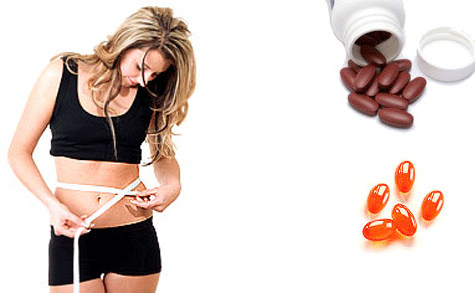What To Expect After Liposuction Surgery
After the successful surgery, a patient should expect some drainage from the doctor's incisions. In most cases the drainage is minimal but may last for several days. If the physician suspects the wounds will have excess drainage, he or she may insert a drainage tube or bag to collect any excess fluids and minimize discomfort. The patient will also need to wear special garments, called compression garments, that keep the treated area compressed and tight while in recovery. Most patients will need to wear the garments for several weeks after liposuction. Many surgeons include the garments in the total price of the procedure, otherwise the doctor should inform the patient of the type of garment and where to purchase it.
Swelling, bruising, and pain are common complaints in the recovery phase after liposuction. Although these are common, in most liposuction surgeries, patients should not experience excessive swelling or pain. It is advised to contact the attending physician should these side effects occur. Only light activities are advised during the recovery phase, and heavy work or exercise is strongly discouraged. It is vital to let the body fully heal before returning to any strenuous activity.
Prior to release, the surgeon will give the patient detailed instructions about how to care for the incision area and other important information. Any sutures or stitches required in the surgery will likely be removed within two weeks by the surgeon. At this time, he or she will assess the patient's recovery, and can deal with any other side effects of the surgery. Most of the pain or swelling should be finished by the time the two week exam comes around; if pain and swelling are still present, the physician should be notified.
After the initial recovery, most people are satisfied and/or happy with the results of the surgery. It is important to have realistic expectations prior to liposuction surgery; this may reduce the chances of being unhappy with the end result. The American Association of Plastic Surgeons urges any prospective patient to be realistic and to realize that advertisements showing before and after photos are often misleading ? individual results will vary.
Potential complications may include scarring, a bumpy appearance around the liposuction site, less-than-dramatic results, and the return of fatty deposits after the surgery. Maintaining a healthy lifestyle including a healthy diet and an exercise regimen can keep the fat from coming back. Liposuction is not necessarily a permanent weight loss solution unless it is used in conjunction with a reasonable lifestyle. In most people, scarring is temporary and the incision sites are small, however, in some people the scarring is more prominent ? the cosmetic surgeon should inform the patient of how to care for the incision sites to help reduce scarring. One must go into the surgery with an open mind and realize that perfection may not result from the procedure. The Food and Drug Administration suggests that a healthy lifestyle includes learning to be satisfied with your body.
-
15 Rules for Fat Loss
1. Eat 4-6 small meals day a day instead of the usual 2-3 large me
-
An Old Method For Detoxification and Weight Management
There are hundreds of different types of products to help with fat
-
Is The Market Keeping You Out Of Shape?
Have you ever thought about how today’s market may actually b
-
A Weightloss Diet That Works
In case you are looking for a weight red
-
NutriSystem Testimonies From Real Life Users
NutriSystem changed my life. This is a testimony from one of the many
-
Consumer Health Awareness Gives You the Best Fat Burning Snacks Ideas
You鈥檙e on the go. Your life is likely moving at a pace so rapid t
- DON'T MISS
- Weight Loss - Its in Your Head
- Review of The Diet Solution Program: The Program that Promises Fat Loss, Health and Vitality
- Eat Healthier, Get Slimmer – Part 1
- There Are Plenty Of Tasty Foods That Are Healthy For You
- The Best Diet for Hypothyroidism - A Three Step Approach for Guaranteed Weight Loss
- 5 Problems With Dieting
- Understanding Carbohydrates And Why You Need Them!
- How does Basic Cooking differ from Gourmet Cooking?
- Evomine - X Weight Loss Review
- Fastest Way To Lose Weight Observations 8




